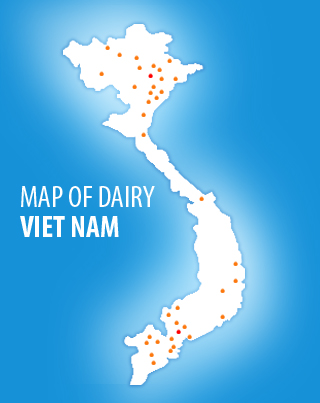Health and Welfare
Increase profitability with stall maintenance and sand bedding

Start with clean sand
Sand is used for bedding thanks to its tendency to not harbor bacterial growth. New or recycled sand should contain minimal amounts of organic matter. Organic matter serves both as "food" for mastitis causing organisms, as well as tiny sponges for retaining water. Without food and water, bacteria struggle to survive. Beware of "free" sand. It can contain excessive amounts of organic matter and dangerously small or large particles.
Keep manure out
A stall should be as clean as possible before a cow enters it. Ensure manure scraper attachments are in excellent working order so manure is completely removed from the alleys, especially where the alley and freestall curb meet. Flush systems should be designed properly as to completely remove manure from the alleys.
Add fresh sand
Add fresh sand to stalls weekly. As sand levels in stalls decrease, so does the comfort level. In addition to less cushion, less sand in stalls may adversely affect stall dimensions by shifting cows forward (more manure in stalls) and effectively changing the location of brisket locators and neck rails. No matter how much producers scrimp and save, sand use remains around 40 to 50 pounds (0.5 cubic feet) per cow per day. Less sand equals less comfort.
Stall grooming
Properly designed stalls index cows so they are laying straight with their posteriors positioned in proximity to the alley. Manure and urine, when passed, should land in the alley and not the back of the stalls; however, some splashing and residue is expected. Cow handlers should be equipped with rakes to pull any manure or wet spots onto the alley. Large groups of stalls can be groomed with skid steer-attached grooming implements. These devices, which resemble rotating or stationary rakes, level stalls and help dry the stall beds. Skid steer-mounted implements are capable of disrupting packed sand that results when dirty sand or sand containing clay is used.
Walk your barns today. Take notice of the backs of freestalls in particular. Do they need sand? Are they hard and lumpy? Clean? Proper stall maintenance is a quick, easy, often overlooked yet inexpensive way to increase milk production.














